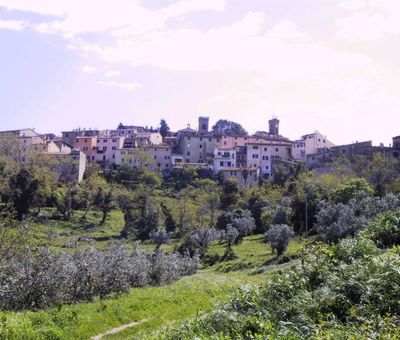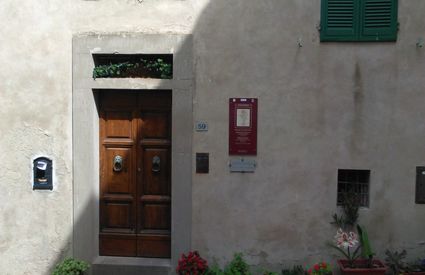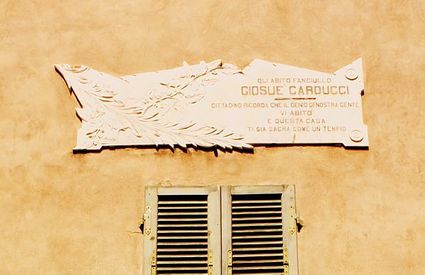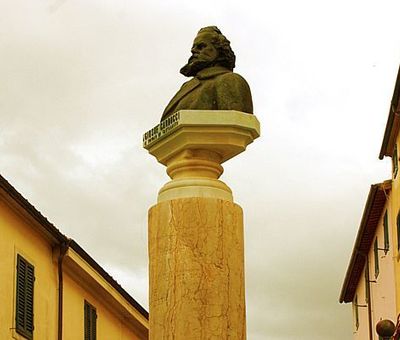Giosuè Carducci, Castagneto’s first illustrious tourist
"Dear Elvira, I’m in Castagneto and I'm well. I'm leaving now as it’s 8am and I’m going eat at the Torre di Donoratico. I put on a jacket like a Maremman and a wide flappy hat and I look very nice..."
Carducci, the first Italian Nobel laureate, was also Castagneto’s first illustrious “tourist”. He spent the years of his childhood here and it forever influenced the ideas and work of the great poet. Carducci lived in this area from 1838 to 1849, he witnessed – as a boy - the riots of '48 along with his father, and returned in '79 after the unification of Italy. He was fascinated by the views of the Tuscan sea, the castles, towers and authentic living of the small Tuscan villages. Castagneto had all of this, scenery unchanged over time, genuine food and the smells of simmering sauces and grilled meats filling the town's streets. Carducci’s most beautiful poems are postcards describing a unique place where culture, art, nature and typical products combine in an evocative image taking you back in time. Castagneto invites us to walk inside a poem, a poem full of life, breathing the sea breeze, il Maestrale, which makes the colours crisp and which captures the scents of this "sweet land" in the heart of the tourists who always return and who, like Carducci, would liked to have never left.
Through narrow streets, old shops and taverns
The medieval town of Castagneto Carducci developed around the Castello della Gherardesca, built around the year 1,000. That said there are reports of prehistoric settlements that were replaced by Etruscan and Roman colonisation. It’s a town of cobblestone streets, fountains, natural terraces overlooking the sea and countryside, harmonious piazzas, old craft shops and trattorias. Here an old liquor, the China Calisaja, is still made by hand and was once thought to protect against malaria. The town also made bespoke hunting clothes for nobles and aristocrats from all over Europe, among them, the great Marcello Mastroianni. Dante wrote of these places in two cantos in Inferno, Canto XIII, when he mentioned the tough Maremman life, and Canto XXXIII, which tells the sad and immortal story of Count Ugolino, who lived in the ancient castle of Donoratico, of which there only remains part of one tower.
[...] and the proud Torre di Donoratico, at whose black door, Conte Ugolino knocked.
G.Carducci 1872







